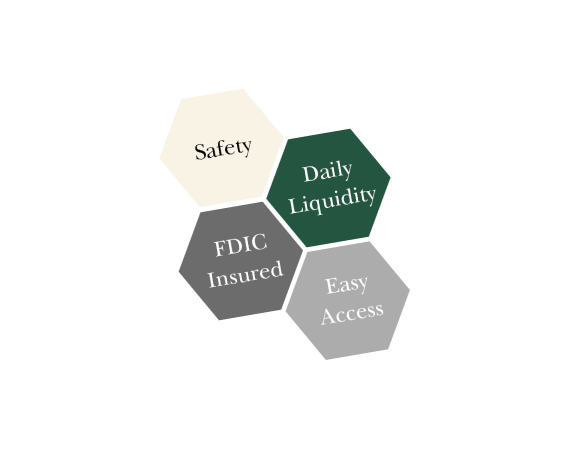Peapack Gladstone Bank
%20(2).png)
Discover the Peapack Private Difference.

.png)
Digital Wallet
Enjoy the ease of contactless payments with our Debit Cards, seamlessly integrated with digital wallets for faster, and more convenient transactions.

Our Clients Say It Best.
For over 100 years, the relationships we’ve developed with our clients are more than just transactions. They are the beginning of careers, friendships, histories, and legacies. Discover firsthand the exceptional service our clients receive.

Applying for a mortgage is one click away!
Our newly enhanced mortgage application platform is easy to use and will walk you through the process every step of the way.
Get started today.

Digital Banking Tools and Financial Resources Designed to Help You
Review our library of insightful videos and educational tutorials to learn more about the suite of products and services that we provide to our clients.
%20_resized%20for%20ad%20tile.jpg)
The PGB Personal Banking Experience
Your PGB Personal banking experience is easier than ever with our newly designed, Online Banking portal and Mobile Banking app.
The intuitive design allows for easier online and mobile banking – find account balances and recent transactions, make transfers, deposit checks, pay bills, and more!
Your mobile provider may assess data and other usage charges, please check with your mobile provider.

Trust us a Big Deal: Commercial Banking Solutions

Where you put your money matters.

It takes passionate people of all
backgrounds to create a bank
that adapts to the needs of
our community.



The Peapack-Gladstone Financial Corporation Annual Report Website is LIVE!

Making sure your deposits are protected.

Choosing the right credit card is easier than ever.
- Smart Chip Technology
- Mobile Purchasing Capability
- Plus much more!

Did you know that you can schedule an appointment with us from the comfort of your home?

Customized solutions for your Commercial and Industrial needs.
Sign up for email updates.
Get up-to-date information and be the first to know of special offers and promotions.


Peapack Private was recently named one of Crain’s New York Business 2024 Best Places to Work in NYC. Congratulations to our entire NYC team for this well-deserved recognition.